Behind The Scenes
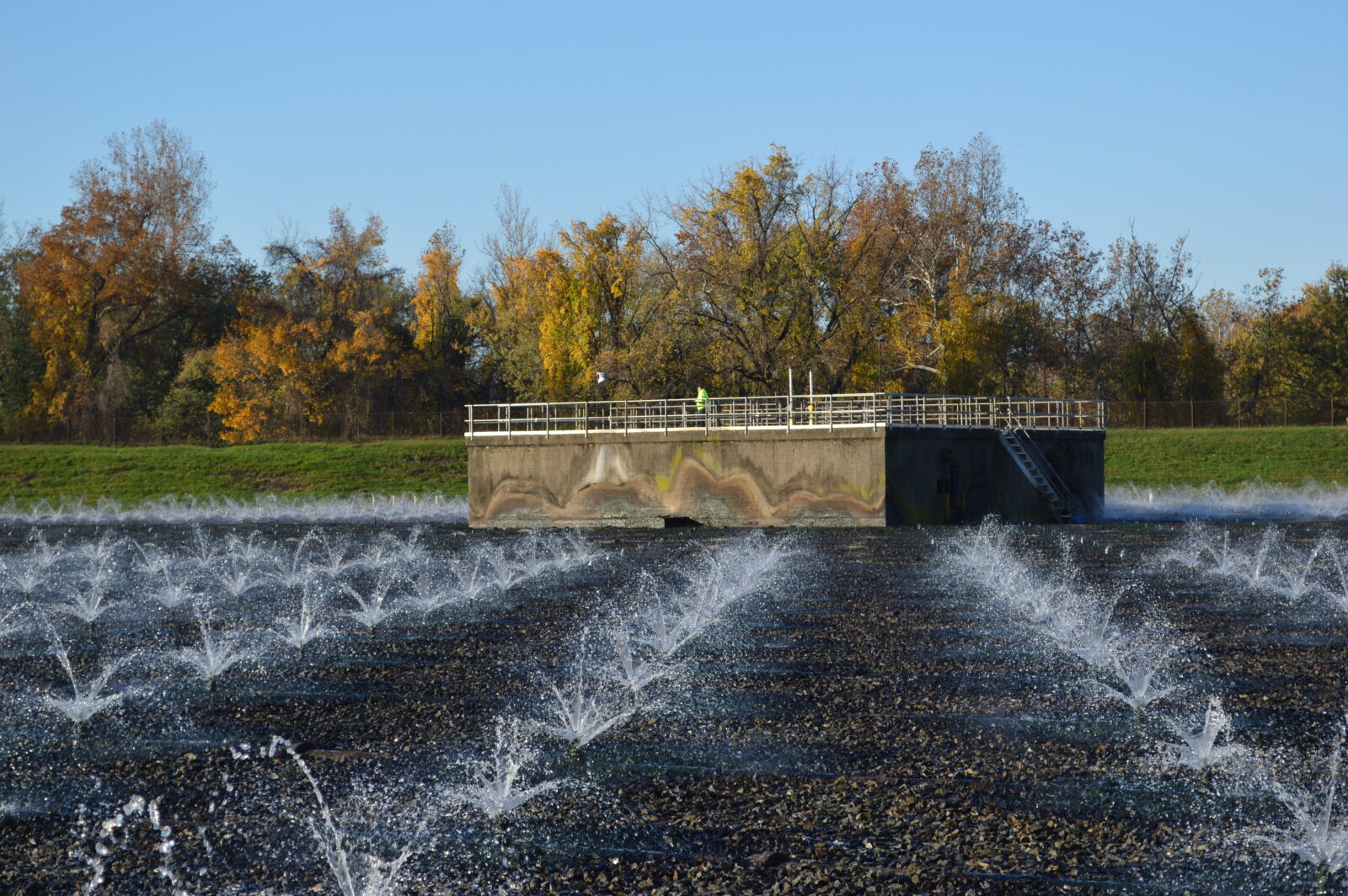
LCA’s CEO Featured on Good Morning Lehigh Valley
December 6, 2023Liesel Gross discusses infrastructure upgrades, the role of our treatment plants, stormwater vs. sewer, and more. Our CEO Liesel Gross took to the airwaves recently to talk about all things water on “Good Morning Lehigh Valley,” a new radio show hosted by former Lehigh County Commissioner Brad Osborne. To hear the entire interview, please click…
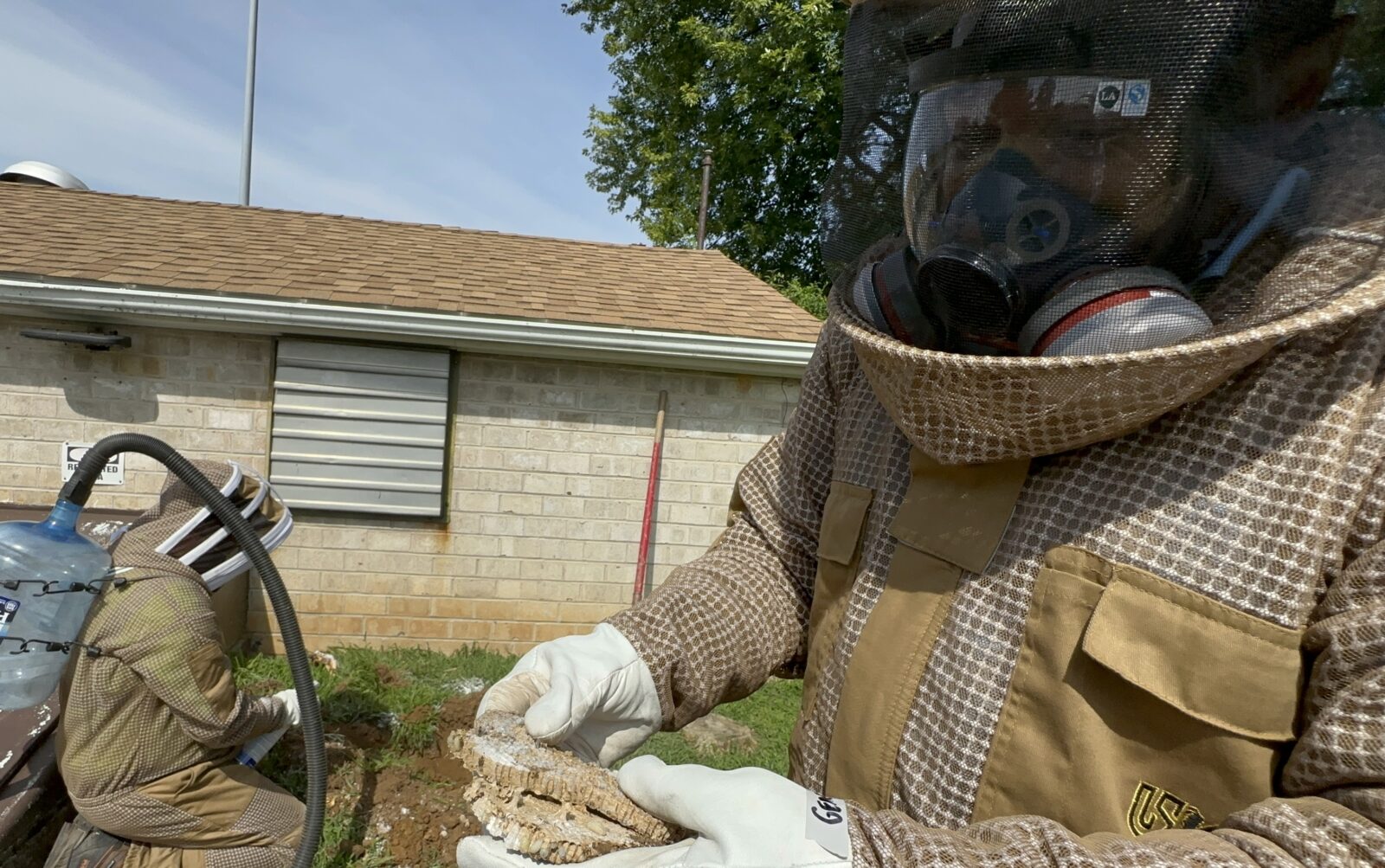
LCA’s Bug Busters Send Pests Packin’
August 30, 2023Of Mice and Men It all started when Lester’s boss, Tom Williams, mentioned a mouse problem at an LCA garage. “I can help with that,” Lester told him. A few days and a few full mouse traps later, and Tom was convinced. It turns out that before starting at LCA two years ago, Lester was…
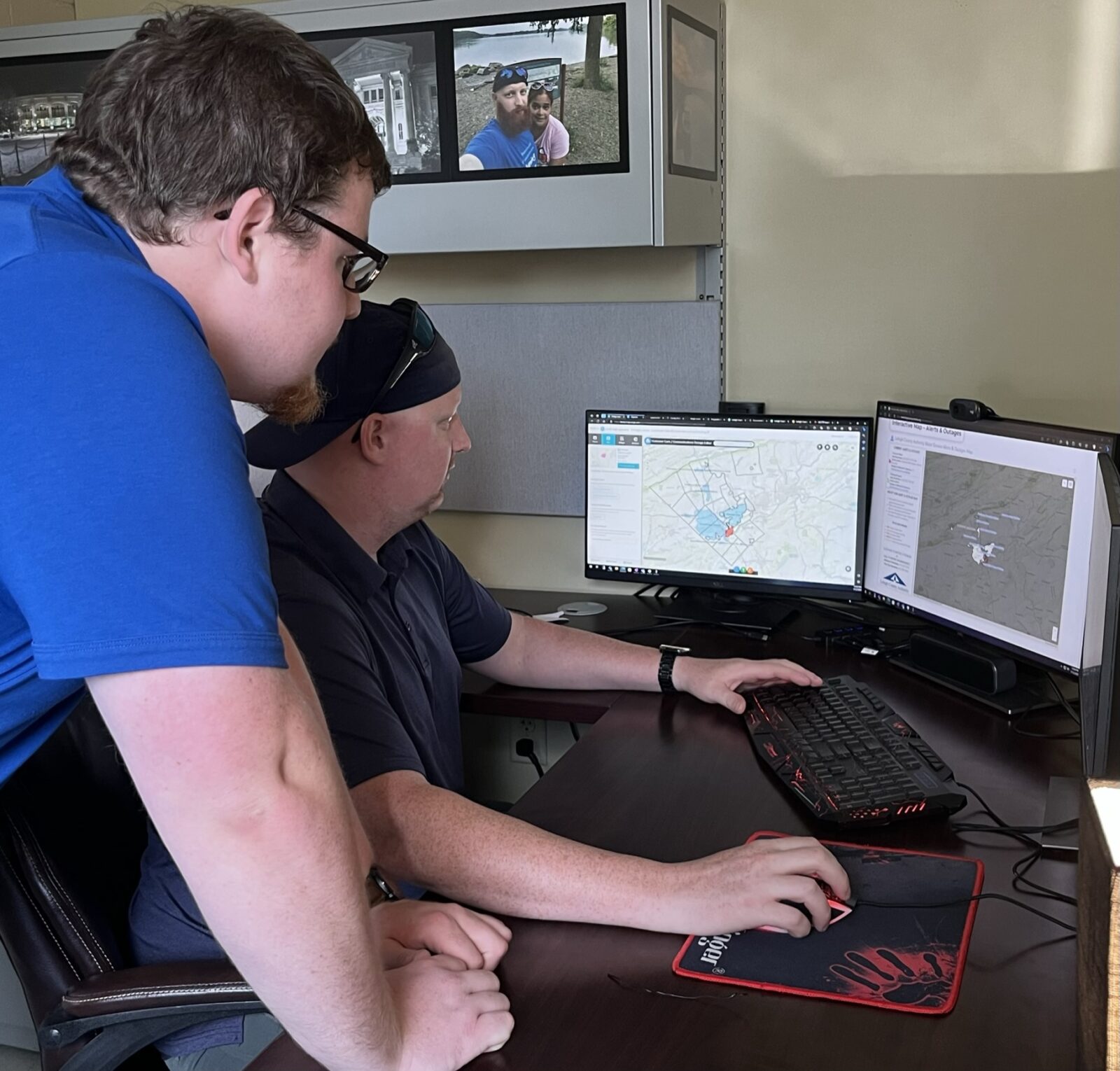
LCA’s GIS Team Creates Digital Maps to Track Water Infrastructure
August 8, 2023With more than 1,065 miles of water and sewer lines to manage, it’s a good thing LCA can rely on technology like our geographic information system (GIS) to help us map and track our infrastructure. It’s also a good thing we have awesome professionals like Dan Stevens (seated in photo), our asset management technology manager, and James Luma,…
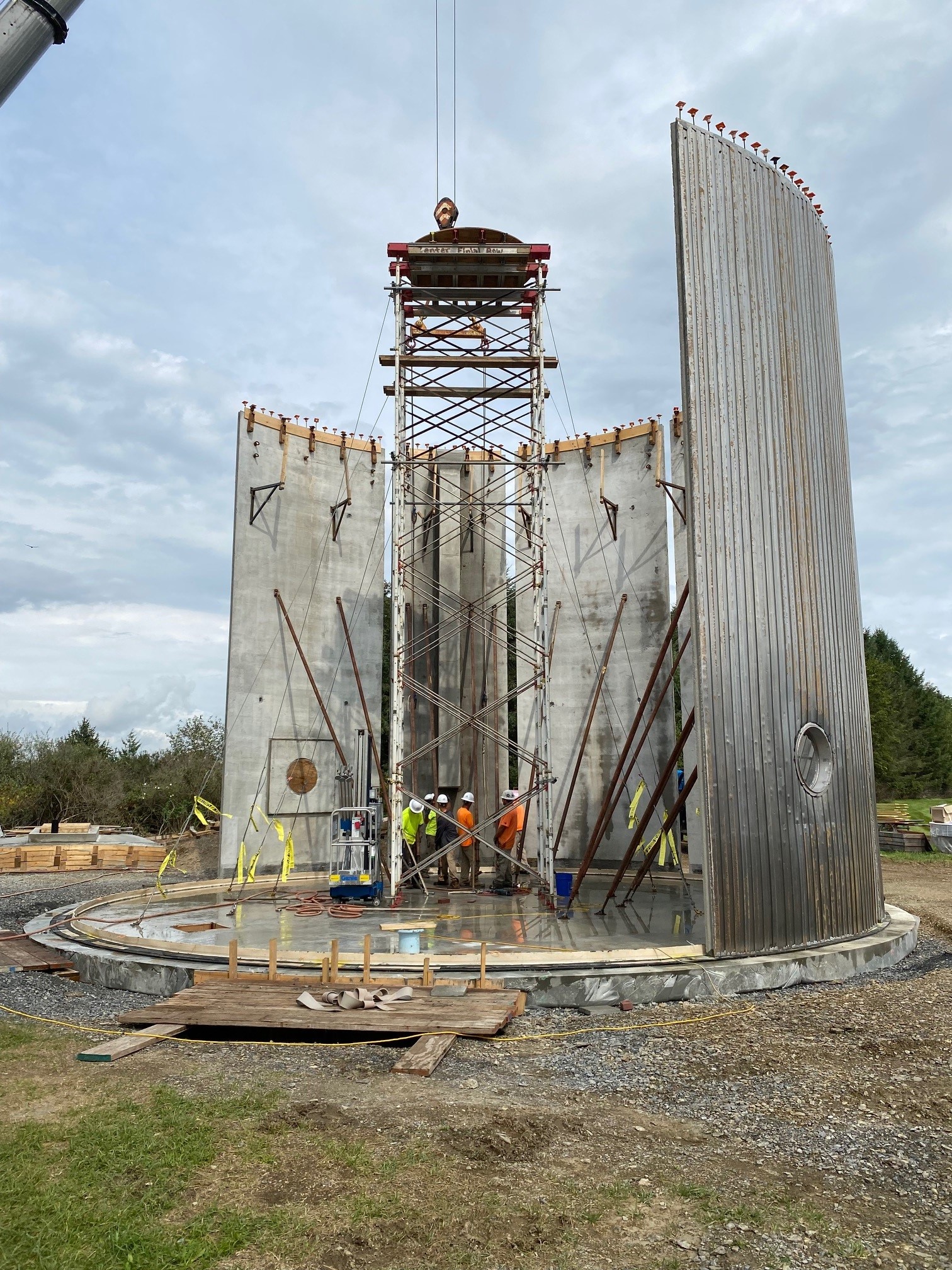
Engineers Are Among LCA’s Unsung Heroes
February 21, 2022The next time you wash the dishes, grab a drink from the tap, take a shower, use the toilet, or do your laundry … thank an engineer! Most of us don’t realize it, but if it weren’t for engineers, our water and wastewater couldn’t get from Point A to Point B. That’s why LCA is…
Where Does My Drinking Water Come From? How LCA Collects, Treats and Transports Your H2O
July 14, 2020Water, Water, Everywhere Clean water is one of those things you take for granted: When you walk into the kitchen and turn on the tap, it just flows out. But did you ever stop to wonder, “How did my water get here? Where does drinking water come from?” Over the next few blog posts, we’ll…
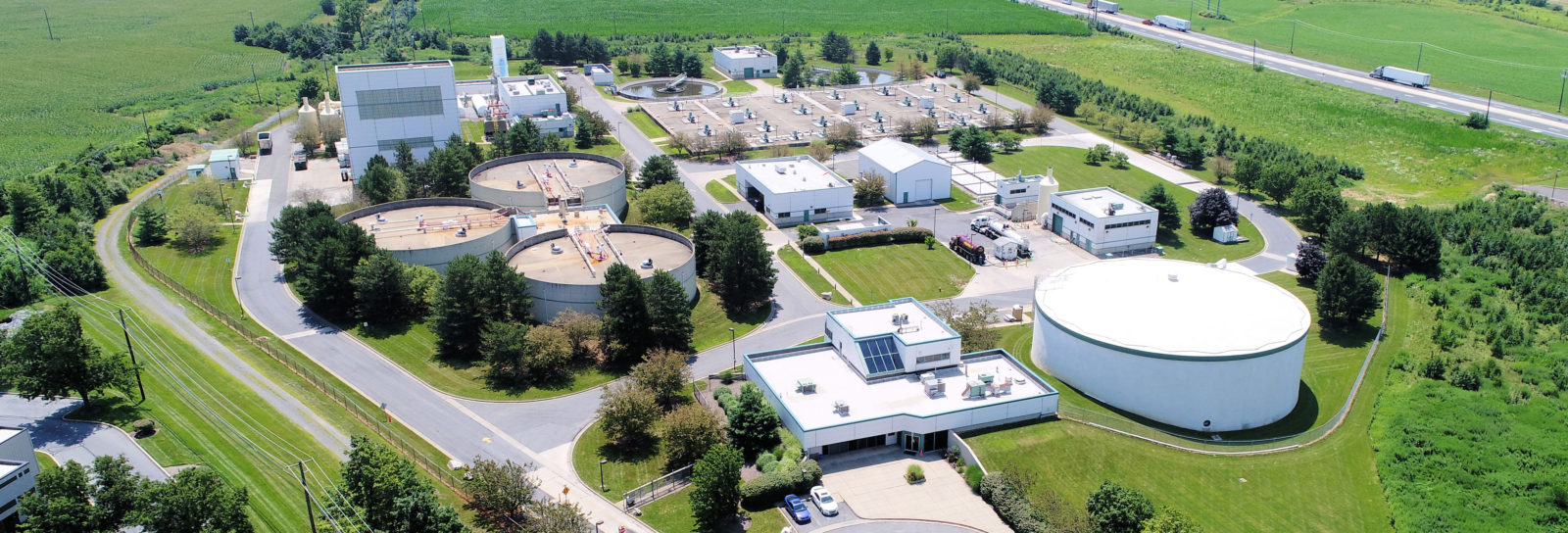
Businesses Create Wastewater, Too — How Does LCA Treat That?
January 17, 2020Above, LCA’s Pretreatment Plant in Fogelsville. Last year, we kicked off our Behind The Scenes at LCA series with a number of blog posts detailing the wastewater treatment process. Now we’re kicking off 2020 by adding to that series with a post about another important step in that process: the EPA’s Industrial Pretreatment Program. As…
Disinfection and Testing — the Final Steps in Wastewater Treatment
October 18, 2019Over the past several months, we’ve talked about why wastewater must be treated, and detailed each step in the treatment process at Allentown’s Kline’s Island Wastewater Treatment Plant. Now we’ve come to the final treatment step: disinfection, in which we use a chlorine solution to kill pathogenic (disease-causing) microorganisms before the wastewater is released into…
Tertiary Nitrification: How Ammonia Is Removed From Wastewater
October 3, 2019In our last post, we explained how plastic media filters remove contaminants during secondary treatment. Today we’re going to talk about the next level of treatment, which removes ammonia through a process called tertiary nitrification. As you can see from the picture above, it’s probably not what you imagine when you think of water treatment!…
How Is Liquid Waste Treated? It’s All About Biology
September 16, 2019As part of our ongoing series explaining the wastewater treatment process, we’ve discussed how solids are removed from wastewater, how we use waste to create energy, what happens to the byproducts of treatment, and even what happens to things that should not be flushed. Now we’re going to explain what happens to the liquid waste:…
Fire Hydrant Maintenance — Yup, We Do That, Too
August 23, 2019LCA crews have been hard at work this summer, flushing, painting and repairing hydrants throughout the city of Allentown. Maintaining hydrants is an important and ongoing task. Our crews inspect and test over 900 hydrants every year so that they’re in peak condition in case the fire department needs them. We look for leaks, check…
- 2
- Page 1 of 16 results